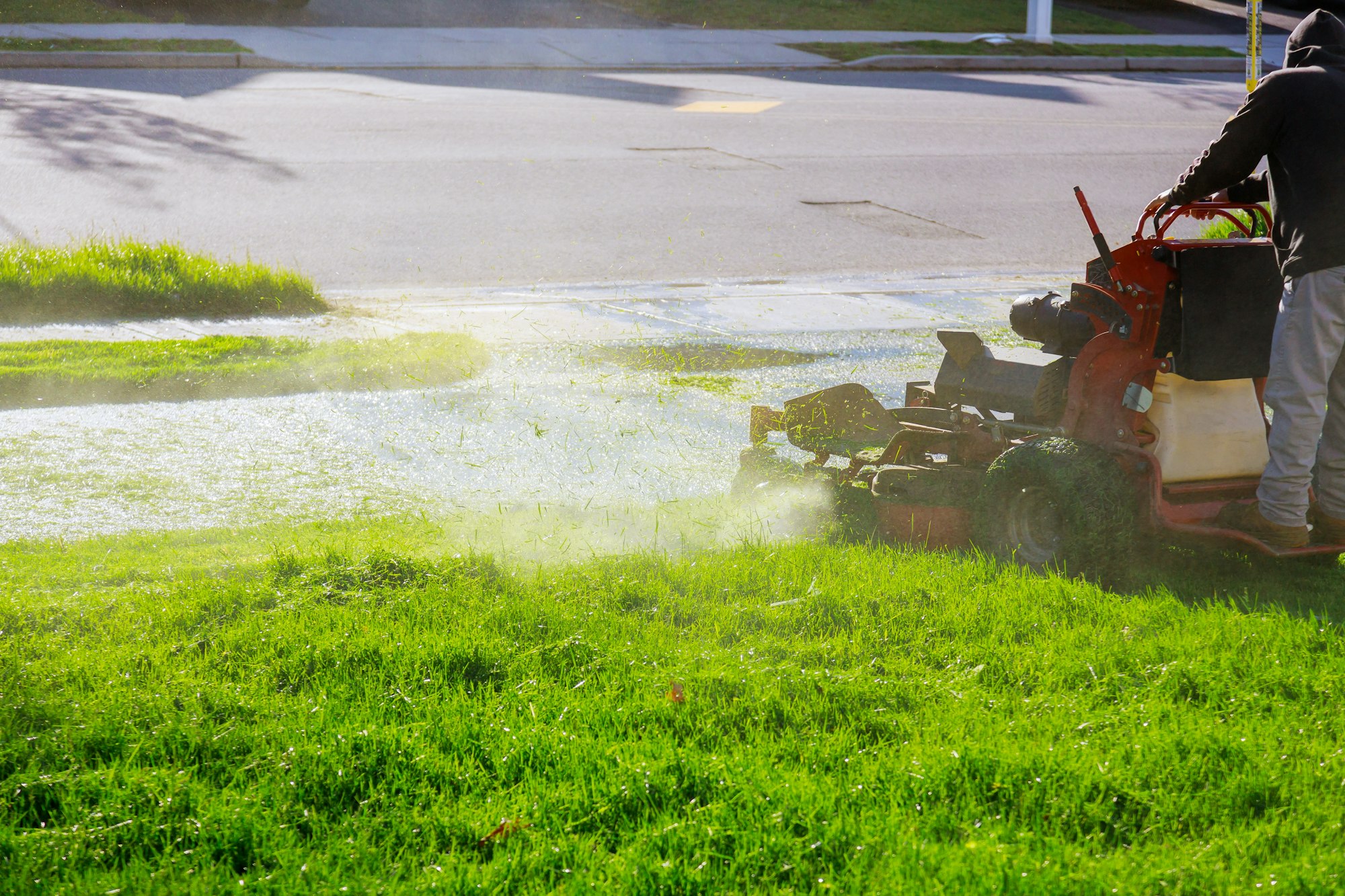Maintaining a lush, green lawn is a priority for many homeowners, and one of the key aspects of achieving this is understanding the best time to mow your lawn. Mowing at the optimal time not only enhances the appearance of your yard but also promotes healthier grass growth. This comprehensive guide will explore the best times of day and year to mow your lawn, considering factors such as grass type, climate, and seasonal changes.
The Best Time of Day to Mow Your Lawn
The time of day you choose to mow your lawn can significantly impact its health and appearance. Here are the best and worst times to mow:
Early Morning
Mowing your lawn early in the morning, especially before the dew has evaporated, is generally not recommended. The wet grass can clog your mower, and the freshly cut grass blades are more susceptible to fungal infections and diseases.
Mid-Morning
The mid-morning period, roughly between 8 AM and 10 AM, is often considered the best time to mow your lawn. By this time, the dew has evaporated, and the temperatures are still relatively cool. This allows the grass to recover before the heat of the day sets in.
Late Afternoon
Mowing in the late afternoon, between 4 PM and 6 PM, is another good option. The temperatures are starting to cool down, and mowing at this time gives the grass enough time to recover before nightfall. However, avoid mowing too late as the grass needs some time to heal before the evening dew sets in.
Midday
Mowing during the heat of the day, typically from 12 PM to 3 PM, is not ideal. The high temperatures can stress the grass, and the intense sun can cause the freshly cut grass blades to lose moisture rapidly, leading to browning and damage.
Seasonal Considerations for Lawn Mowing
The time of year also plays a crucial role in determining the best mowing schedule. Different seasons require different mowing practices to maintain a healthy lawn.
Spring
Spring is a critical time for lawn care as the grass begins to grow rapidly. Regular mowing during this season helps maintain the optimal grass height and prevents weeds from establishing. It’s essential to adjust your mower to a higher setting at the start of the season to avoid cutting the grass too short.
Summer
During the summer, it’s important to mow your lawn in the cooler parts of the day to reduce stress on the grass. Increasing the mowing height slightly can help retain moisture and protect the grass from the intense sun. Regular mowing is still necessary, but be mindful of drought conditions and adjust your watering schedule accordingly.
Fall
Fall is an excellent time to prepare your lawn for the winter months. Continue to mow regularly, gradually lowering the mower height as the season progresses. This helps prevent snow mold and other winter diseases. It’s also a good time to aerate and fertilize your lawn to promote healthy root growth.
Winter
In regions with mild winters, occasional mowing may still be necessary to maintain a tidy lawn. However, avoid mowing when the grass is frozen or covered in frost. It’s generally best to let the grass grow a bit longer during the winter months to protect the roots from cold temperatures.
Additional Tips for Optimal Lawn Mowing
Use Sharp Blades
Ensure your mower blades are sharp to make clean cuts. Dull blades can tear the grass, making it more susceptible to diseases and pests.
Mow When the Grass is Dry
Mowing dry grass helps prevent clumping and allows for a cleaner cut. If you must mow wet grass, take breaks to clean the mower deck and blades.
Follow the One-Third Rule
Never cut more than one-third of the grass height in a single mowing session. Cutting too much at once can stress the grass and hinder its growth.
Understanding the optimal timing for mowing your lawn is crucial for maintaining a healthy, green yard. By mowing during the right times of day and adjusting your schedule according to the seasons, you can promote healthy grass growth, prevent diseases, and enhance the overall appearance of your lawn. For professional lawn care services and expert advice, contact Saratoga Mowing today.


